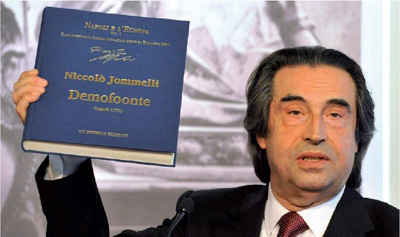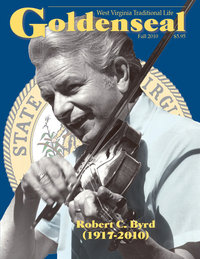“Spatial performance as a function of early music exposure in rats” (Third triennial ESCOM conference: Proceedings [Uppsala: Uppsala Universitet, 1997], pp. 688–694) reports on an experiment in which 90 rats were randomly assigned to one of three groups: The Mozart group (30 rats) was exposed to a Mozart piano sonata 12 hours a day for 21 days in utero and 60 days after birth. The Glass and White Noise groups were similarly exposed to the music of Philip Glass or to white noise. The rats’ spatial performance in a 12-unit T maze was then assessed; the Mozart-bred animals ran significantly faster and made significantly fewer errors than the Glass-bred or white noise-bred animals.
In “Do rats show a Mozart effect?” (Music perception: An interdisciplinary journal 21/2 [2003], pp. 251–265), Kenneth M. Steele points out that the in utero exposure would have been ineffective because rats are born deaf. Further, a comparison of human and rat audiograms in the context of the frequencies produced by a piano suggests that adult rats are deaf to most of the pitches in the sonata.
“Spatial performance as a function of early music exposure in rats” (Third triennial ESCOM conference: Proceedings [Uppsala: Uppsala Universitet, 1997], pp. 688–694) reports on an experiment in which 90 rats were randomly assigned to one of three groups: The Mozart group (30 rats) was exposed to a Mozart sonata for 12 hours a day—21 days in utero and 60 days after birth. The Glass and White Noise groups were similarly exposed to the music of Philip Glass or to white noise. The rats’ spatial performance in a 12-unit T maze was then assessed, and the Mozart-bred animals ran significantly faster and made significantly fewer errors than the Glass-bred or white noise-bred animals.
Filed under 20th- and 21st-century music, Animals, Classic era, Curiosities, Nature, Reception, Science
Tagged as Mozart, Mozart effect, Philip Glass, Psychology, Rat, White Noise











